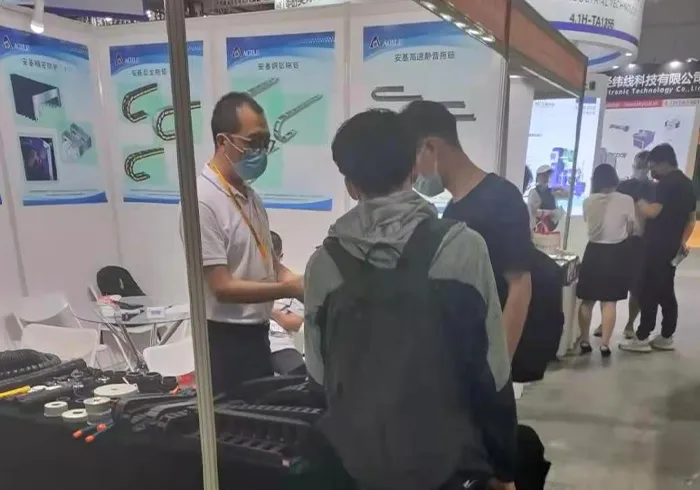cnc cable track
Understanding CNC Cable Tracks The Backbone of Precision Engineering
In the world of computer numerical control (CNC) machining, the precision and efficiency of machines play a crucial role in the manufacturing process. While machines like CNC mills and lathes often steal the spotlight, one critical component that deserves attention is the CNC cable track. These tracks, also known as cable carriers or drag chains, are essential for guiding and protecting the numerous cables and hoses that connect moving parts of a CNC machine. In this article, we will explore the significance, types, and advantages of CNC cable tracks.
What is a CNC Cable Track?
A CNC cable track is a flexible track designed to hold and manage cables and hoses attached to CNC machines. As the machine moves, the cable track provides a safe pathway for these connections, preventing tangling, wear, and damage that could lead to costly downtime. The design of a cable track allows it to flex and bend, accommodating the machine’s movements while keeping the cables organized and secure.
Importance of CNC Cable Tracks
The role of CNC cable tracks extends beyond mere organization
. Here are some reasons why they are indispensable in CNC operations1. Protection CNC cable tracks shield cables and hoses from physical damage, oil, dust, and other contaminants. This protection enhances the lifespan of the components, saving money on replacement costs.
2. Mobility As CNC machines operate, their components move in various directions. A well-designed cable track allows for smooth movement, ensuring that cables do not get pinched or twisted, which can lead to malfunctions.
3. Efficiency By organizing cables and hoses, cable tracks prevent drag and friction that can slow down machine operations. This efficiency translates to faster production times and improved overall performance.
cnc cable track

4. Safety Untangled and organized cables reduce the likelihood of trips or falls, creating a safer working environment. Keeping cables neatly contained minimizes the risk of accidents in busy manufacturing settings.
Types of CNC Cable Tracks
CNC cable tracks come in various designs and materials to suit different applications. Here are some common types
1. Plastic Cable Tracks Lightweight and corrosion-resistant, plastic cable tracks are perfect for environments with minimal exposure to harsh chemicals. They are easy to install and often used in smaller CNC machines.
2. Metal Cable Tracks For heavy-duty applications where strength and durability are paramount, metal cable tracks are ideal. These tracks can withstand high temperatures and harsh working conditions.
3. Custom Cable Tracks In many cases, manufacturers might require specialized cable tracks to fit unique machinery designs. Custom tracks can be designed to meet specific needs, ensuring optimal functionality.
Conclusion
In conclusion, CNC cable tracks are vital components in the CNC machining landscape. They not only protect cables and hoses, but they also enhance performance, improve safety, and contribute to the overall efficiency of manufacturing processes. As technology continues to evolve, the design and material used in cable tracks are also advancing, leading to innovations that further optimize CNC operations. Investing in high-quality cable tracks is essential for any manufacturer looking to maintain a competitive edge in precision engineering and automated manufacturing. By understanding and utilizing these indispensable tracks, businesses can ensure smooth and efficient operation, ultimately contributing to their success in the industry.








